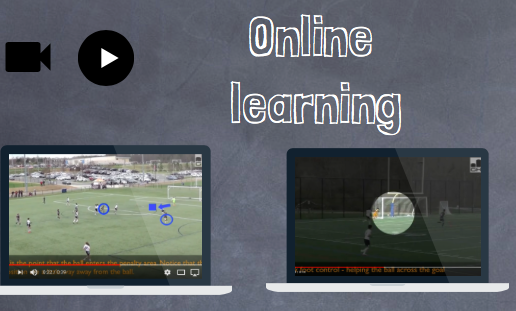
The three things college coaches are looking for from prospective new goalkeepers
Throughout the last few months, I have been looking through a number of goalkeeping recruitment videos in the hope to find a goalkeeper for the Division 1 college I am currently working for. I have in earlier posts, talked about what makes a good goalkeeper recruitment video, but what is it that a goalkeeper coach, assistant coach and head coach are all looking for from prospective new goalkeepers?
A physical ability to keep the ball out of the net
If you are going to be on the squad of a college level team, you have to be good enough to do the job of your position. For Goalkeepers, the most obvious job is to keep the ball out of the back of the net. The goalkeeper should show evidence of the ability to keep the ball out of the net from a variety of scenarios. Shot stopping has a number of sub-topics which need to be shown. Low shots, high shots, point blank saves, angled shots, shots to the left and shots to the right are examples. A proof also that the goalkeeper can be brave by diving at feet and calculated by collecting a variety of different crosses. If a goalkeeper can make these saves, you will gain attention.
Show areas that you can still improve. That you have not reached your ceiling.
College coaches are not expecting goalkeepers to be the finished article. You will hopefully have four years to improve. What is the difference between showing you have not yet reached a ceiling and actually being poor? The key is in the consistency. If the goalkeeper has proved that they can keep the ball out of the net as mentioned above, the coaches will ask for full game footage. In this game footage, coaches will be looking to see if there are any common trends that may raise a red flag. Here are some examples:
- Inability to dive to one side.
- Poor goal kicks, distance wise.
- If any height concerns affect collection of crosses or ability to command the box.
- Lack of bravery in traffic
- Goalkeeper not coming off line
Things that can be helped improve.
- Accuracy of kicking
- Turning tips around posts into catches
- Turning punches from crosses into catches
- Tempo of the game
- Improved starting position
It is also important for any potential goalkeeper to know that they are not the finished article and are willing to take on board information from any / all of the coaches
Provide evidence of quality distribution.
This is the one thing that players / parents leave out of recruitment videos, but is one of the most important for coaches looking at potential goalkeepers. The goalkeepers will be working in a group of 3 or 4 throughout the year. More often than not there will be scenarios in practice where quality service is required. Whether you work in pairs or as a group including the goalkeeper coach, all goalkeepers need to be consistent with quality service.
Here are some examples:
- Volleys / half volleys to partner
- Shots on target from angled positions
- To provide different speeds on shots in order to work, yet not kill the goalkeeper.
- Ability to cross a ball consistently
- Quick footwork for rondo or small sided games with outfield players.
- Ability to hit a target area for a restart in a phase of play
If a prospective goalkeeper can not achieve the required service on a consistent basis for scenarios mentioned above, the other goalkeepers, the goalkeeping coach and the head coach will get frustrated. It is one thing if you, as a goalkeeper is not the best, but you soon fall out of favor if you are stopping others from becoming the best they can be due to your lack of quality service.
Here are some action points:
- Ensure you are starting a library of different saves for highlights
- Have a number of full games ready to show if needed
- Keep working on distribution and ability to serve
The Goalkeeper HQ membership has it’s own course on “The road to college”
You can sign up for the course here
or

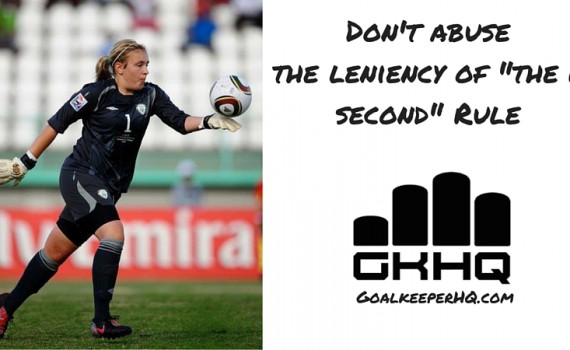
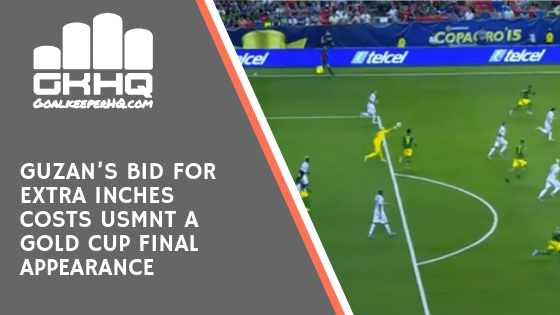
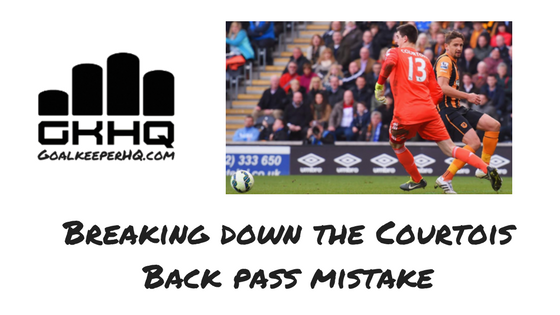
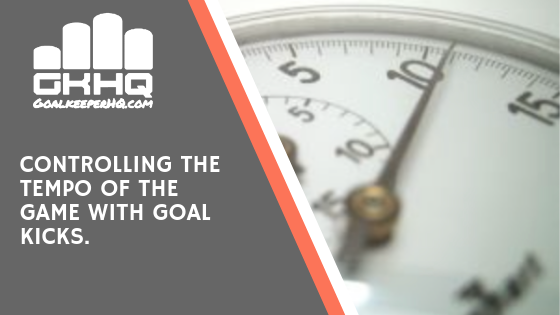
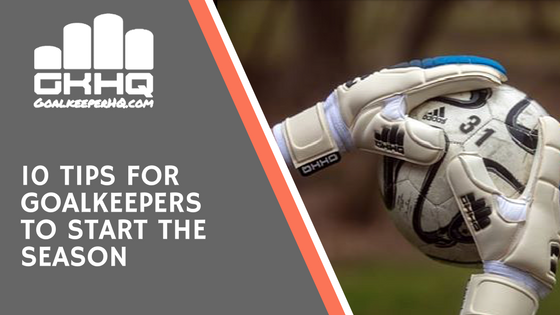
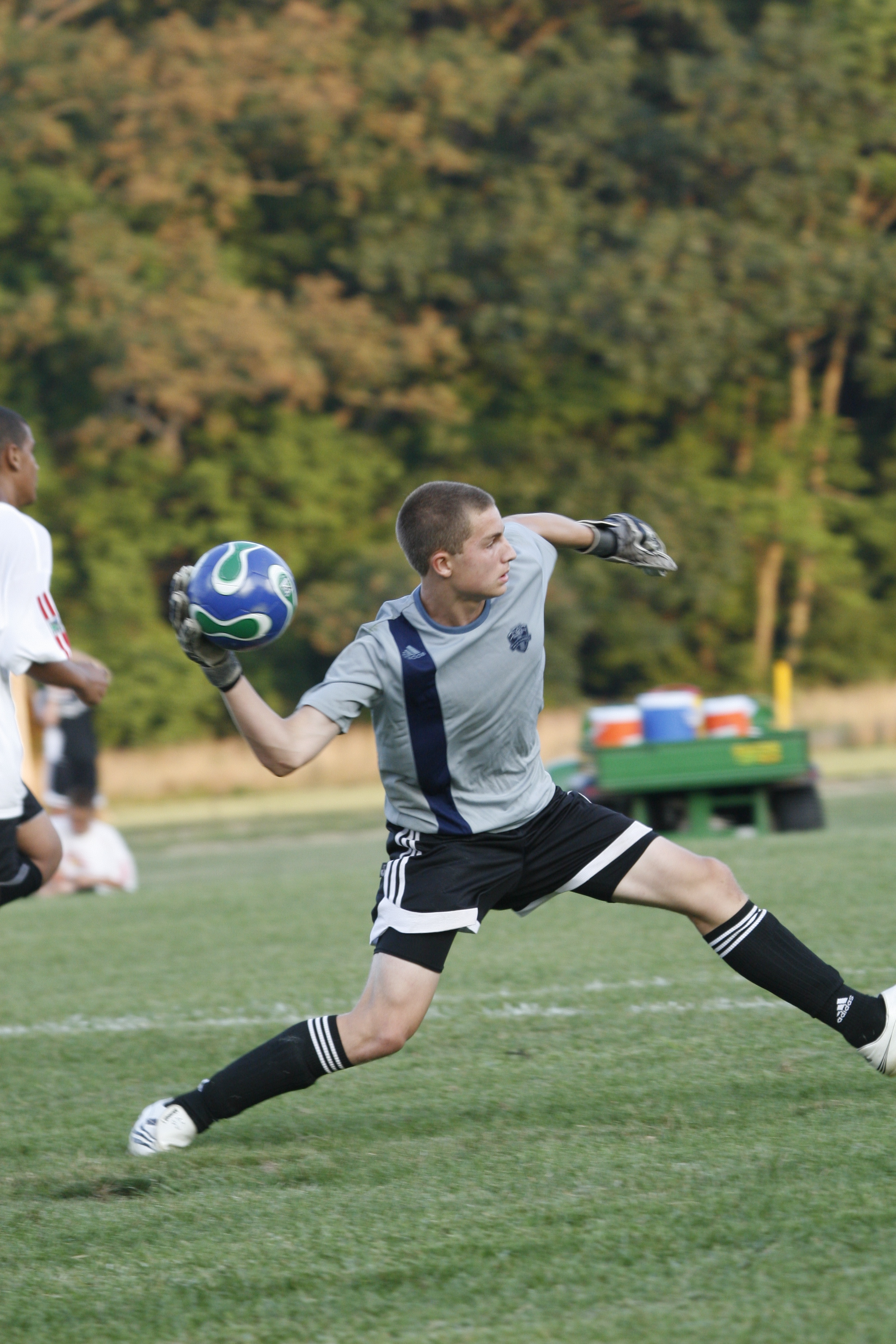

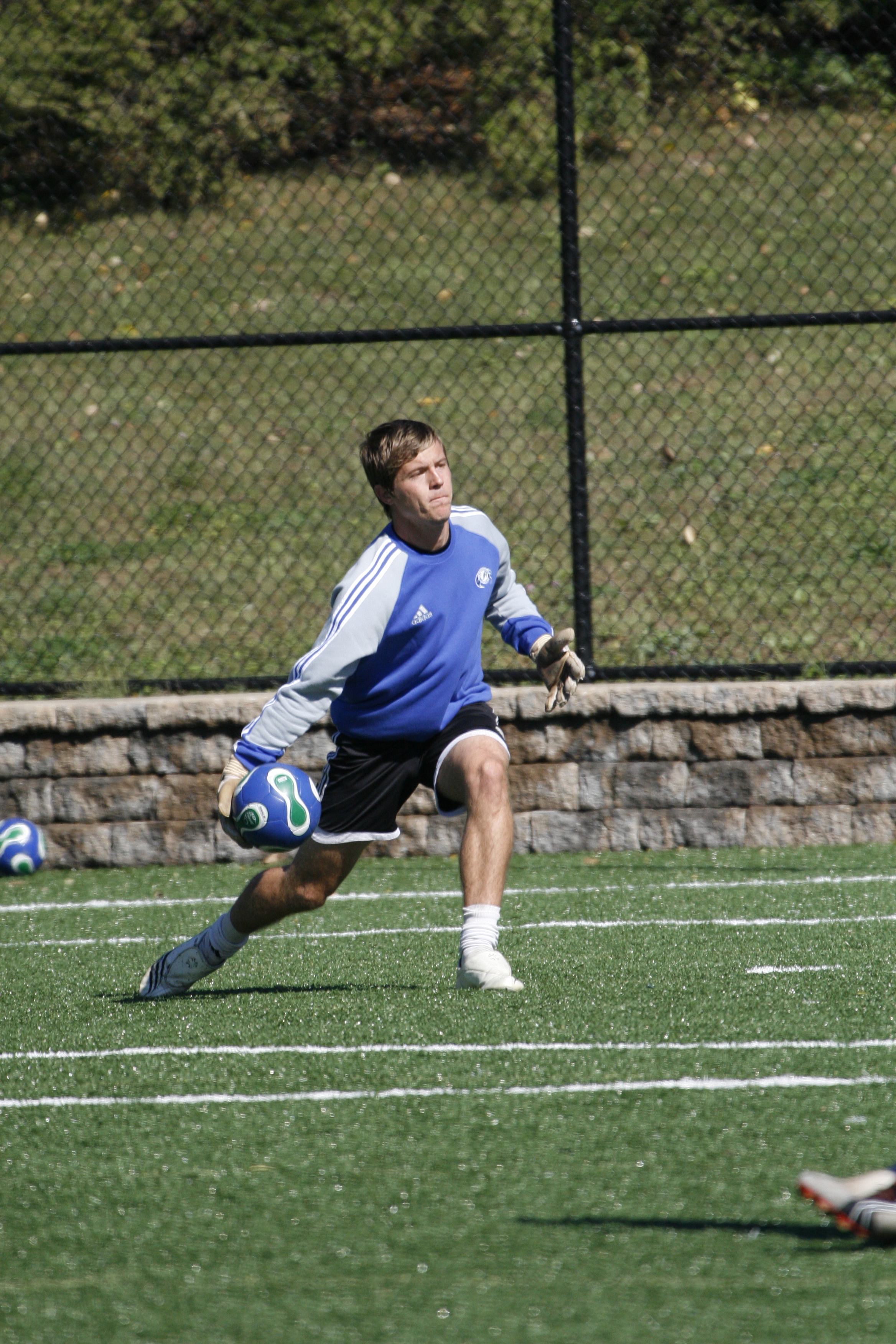
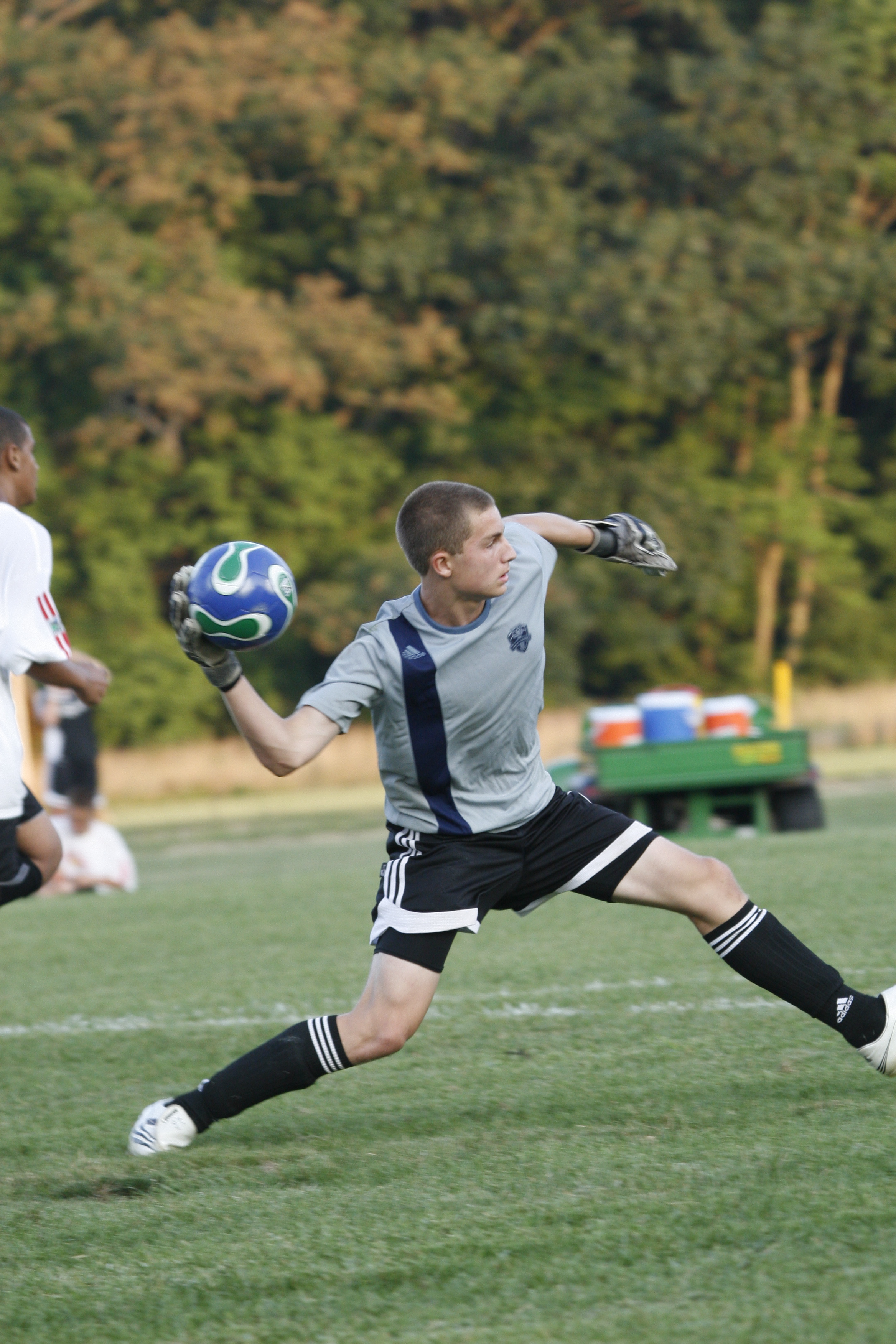
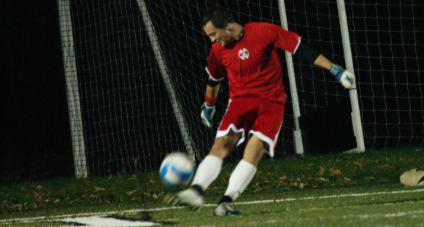
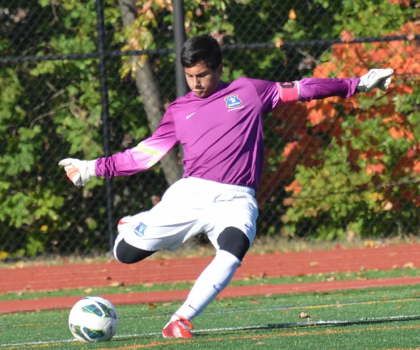
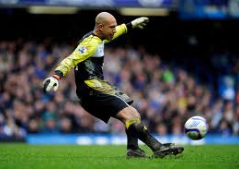 It is important that you, as a goalkeeper are an integral part of the game. Taking Goal Kicks and Free Kicks in your third of the field is part of that. There is nothing worse than having very little to do in the game, and then a shot goes wide where you chase after the ball and then have an outfield player take the kicks.
It is important that you, as a goalkeeper are an integral part of the game. Taking Goal Kicks and Free Kicks in your third of the field is part of that. There is nothing worse than having very little to do in the game, and then a shot goes wide where you chase after the ball and then have an outfield player take the kicks.